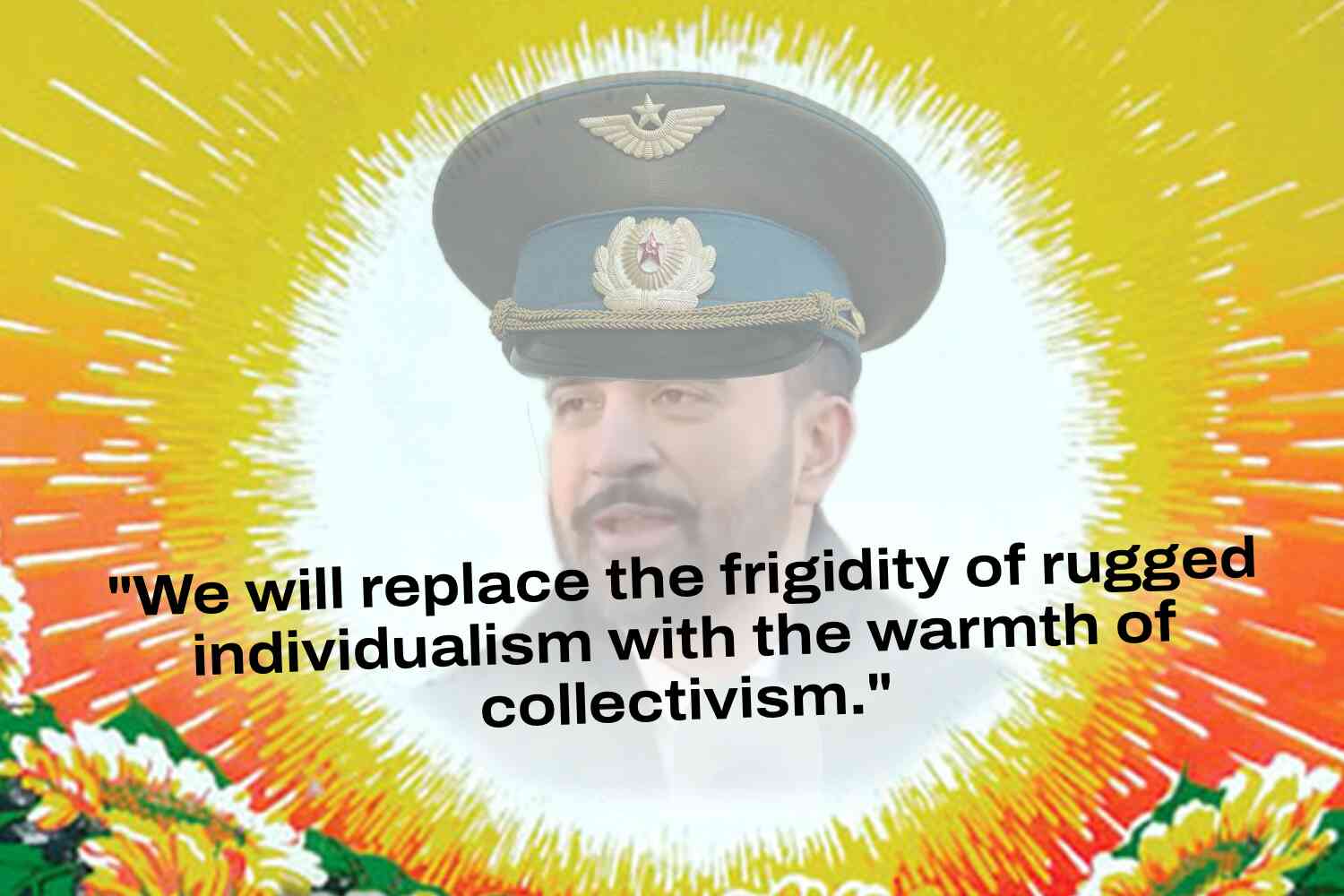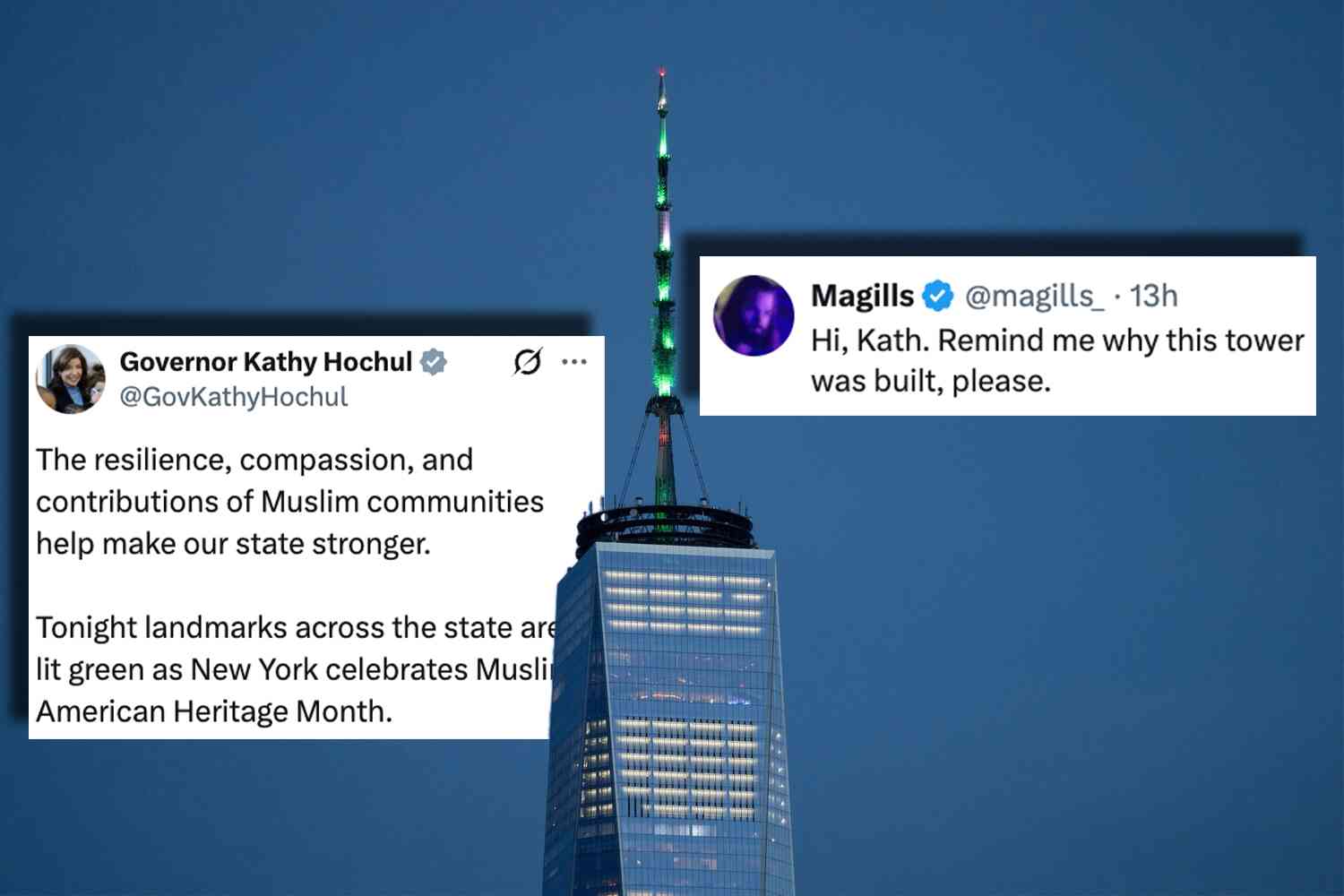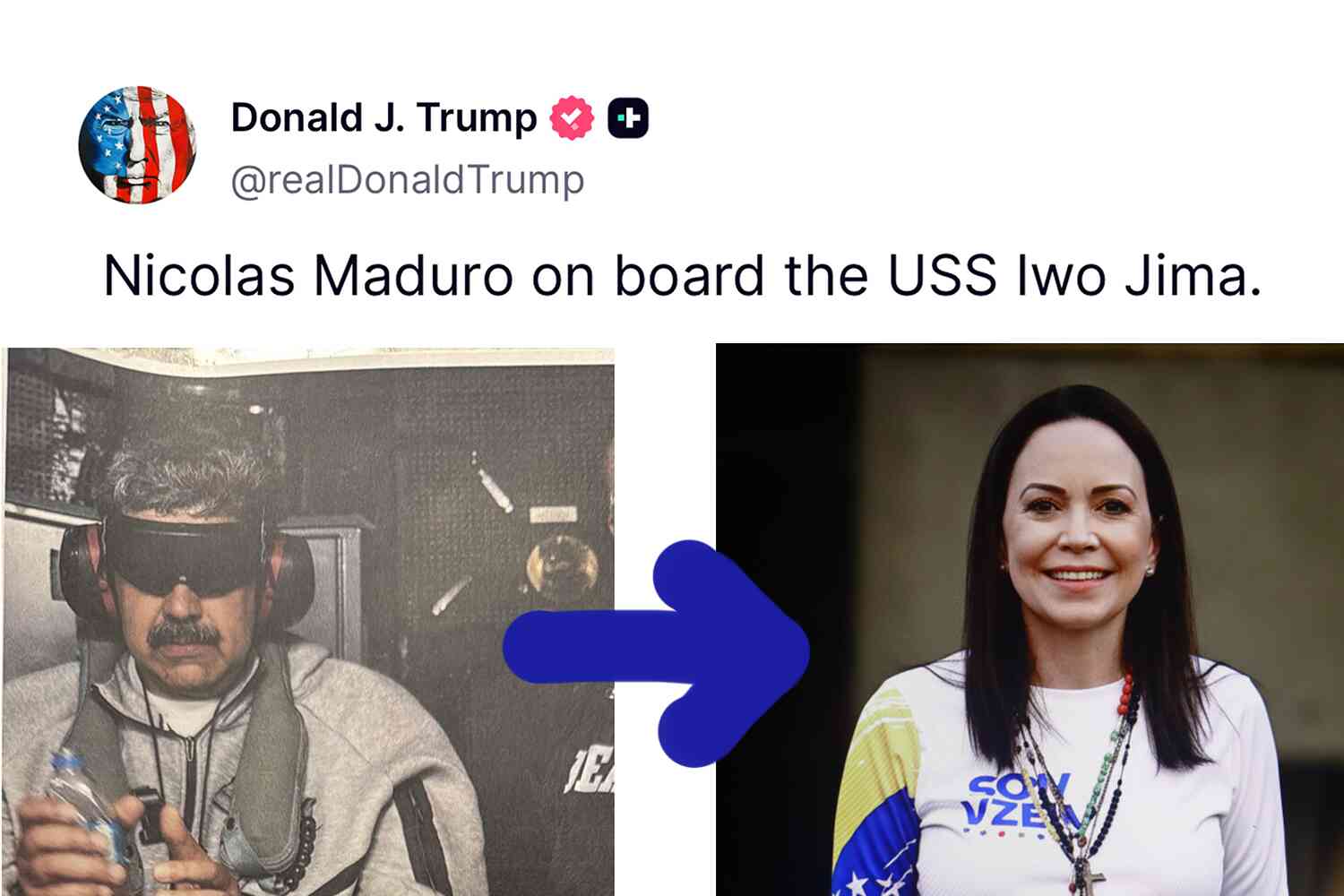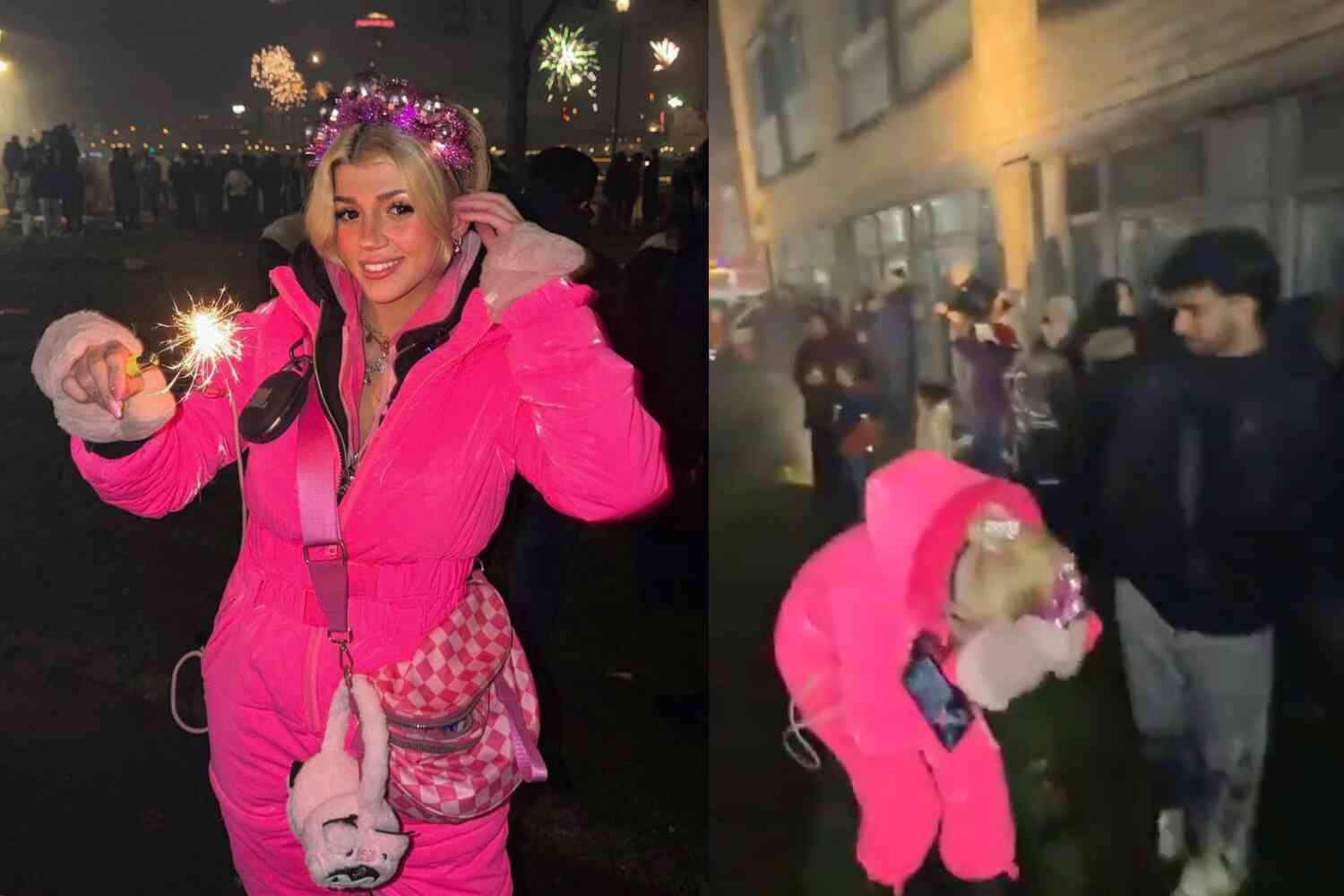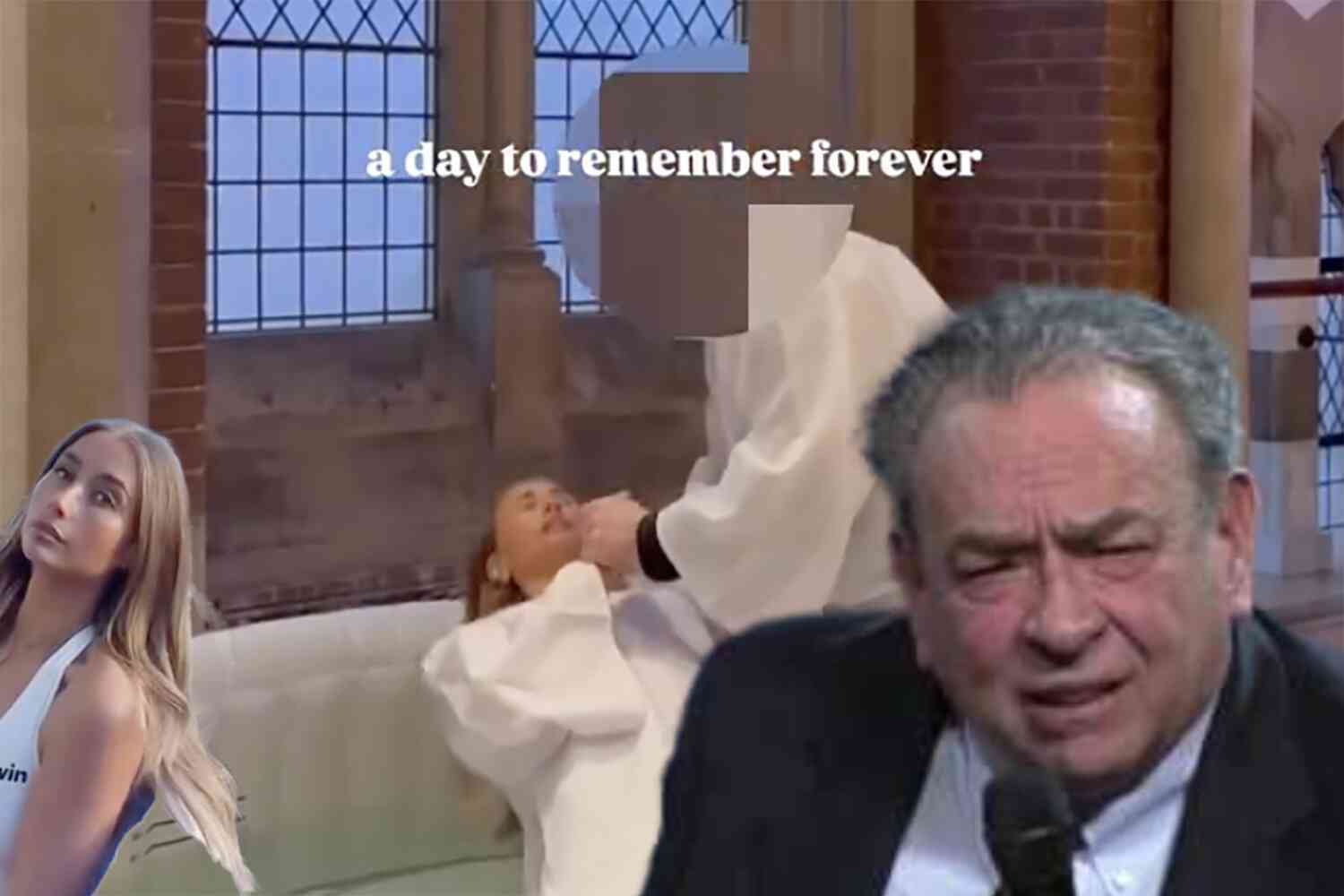AI has come a long way in image generation. It was only a few months ago that it couldn't draw hands at all.
But then in March 2023, AI art platform Midjourney released an update to its program intended to make its hands more realistic.
Check out the hands on these two images:
Before
After
Experts suspect Midjourney adjusted its datasets to prioritize clearer images of hands and deprioritize images where hands are hidden or only partially visible.
And that's when the art world really started to worry about AI art.
The key to AI art is the datasets that are used to train the models. They essentially scraped the entire internet, and the AI takes whatever prompt it is given and tries to cobble together a representation based on trillions of images that have been uploaded over the years.
It's not unlike a real artist in some ways, except humans don't have the luxury of photographic recall of trillions of images.
I can't even find my keys right now.

However, we do have some talents the AI doesn't. For example, we understand what a hand is, not just what it looks like. Even in that image of the artist that has a decent hand, you can tell the AI isn't sure what the hand's function is, as the artist is holding the paintbrush upside down.
Another, more important feature is that every human being is an individual. Artists have their own styles. It's one thing to have AI mimicking a renaissance painter long dead; it's an entirely different thing to have AI mimicking a living artist.
However, as soon as an artist puts their artwork online (and honestly how could you make a living if you're not sharing your work online), it can be scraped into the dataset.

At least that was the case until now.
Computer scientists at the University of Chicago have developed two free softwares to combat AI scraping.
Their first software was called Glaze, and it works defensively by confusing AI, showing brush strokes and colors to the programs that aren't actually there, effectively disguising the artists' styles.
The second software is an offensive "poison" for AI programs called Nightshade.

Nightshade shows the data scraping programs images that aren't actually there.
"For example, human eyes might see a shaded image of a cow in a green field largely unchanged, but an AI model might see a large leather purse lying in the grass."
For someone using the AI programs, that means that if Nightshade infected images are scraped into the dataset, prompting AI to generate a cow flying in space, it might generate a purse in space instead.
The team explains,
You can crop it, resample it, compress it, smooth out pixels, or add noise, and the effects of the poison will remain. You can take screenshots, or even photos of an image displayed on a monitor, and the shade effects remain. Again, this is because it is not a watermark or hidden message (steganography), and it is not brittle.
AI developers are very unhappy about the software.
Some are suggesting it's illegal, akin to a virus created to knowingly and willingly do harm to someone‘s program/computer system.
I'm not sure that argument holds up. It's a lot more like DRM protection on DVDs and digital media, that will scramble the material if someone tries to copy it, which is what these large AI models are doing.
They may be changing them substantially enough to be considered free use, but that hasn't been decided by a court, yet. There are several lawsuits against the AI companies in the courts making their rounds. AI is our modern day Napster.
But those refer to images that have already been taken. There's no getting those back, and it would be difficult to pull them out of the datasets and guarantee that they're completely gone (we're talking trillions of images).

Anything using Glaze or Nightshade will only be available for newly uploaded artwork.
However, the poisoning effect could still be used by living artists who want to protect their work. They could upload new copies of old works laced with Nightshade and poison their style too.
And considering that the Chicago team cannot keep up with the download demand for Glaze or Nightshade, I would expect AI generated artwork is about to be frozen in its tracks or take a significant step backward.

P.S. Now check out our latest video 👇




